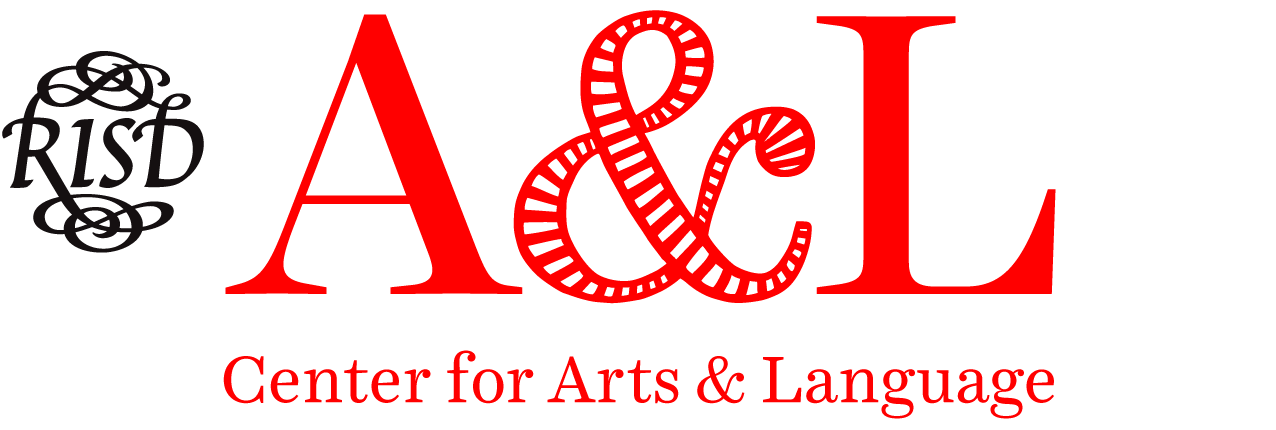Student Publishing
RISD has a long, rich tradition of student publications dating back more than a century. The RISD Archive houses physical copies, and as of summer 2025, will have all 1,000+ issues scanned and searchable on the Digital Commons. See here for this collection in progress. Student publications range from the earliest example, The Lotus (1910), a satirical, illustrated yearbook, to the long-running paper Blockprint (1958–68), which captures both everyday campus happenings and the political debates of the time, to the first online student publication, the aptly named All-Nighter (2013–15).
The current RISD newspaper/literary mag/experimental publication v.1 (volume-1.org) celebrates its tenth year in print and online in 2025. Student publications also include anything from text-based art to zines, blogs to podcasts, and the graduate written theses (which are all archived in the Fleet Library and on RISD’s Digital Commons site). We define publishing expansively — as the public dissemination of linguistic and multimedia texts in print, online, and live.
A&L’s director, Jen Liese, is the advisor to v.1 and the center’s main resource for student publishing support. While all tutors and staff consult on publication projects, she can help you:*
– Develop skills and self-awareness in contributing to public discourse
– Consider what makes something “publishable”
– Understand and apply editorial feedback on any text intended for publication
– Map out a budget, timeline, and editorial, design, and production plan
– Collaborate to develop course-based publications
– Find inspiration among artists’ and designers’ writings
– Analyze which forms of publication best suit a purpose
– Survey and pitch publications outside of RISD (see our Publishing Your Writing guide)
Publishing & Practice
Artists and designers today contribute to cultural discourse more than ever, raising their voices in professional, creative, scholarly, critical, journalistic, social practice, and social justice contexts. We’re inspired by a proliferation of contemporary publishing projects led by artists and designers and by interdisciplinary forms like aesthetic journalism and artistic research. We house a small collection of relevant titles and texts written by artists and designers and host occasional lectures by artists and designers who are also authors. We’re committed to fostering the connective potential between publishing and practice (and publishing as practice).

